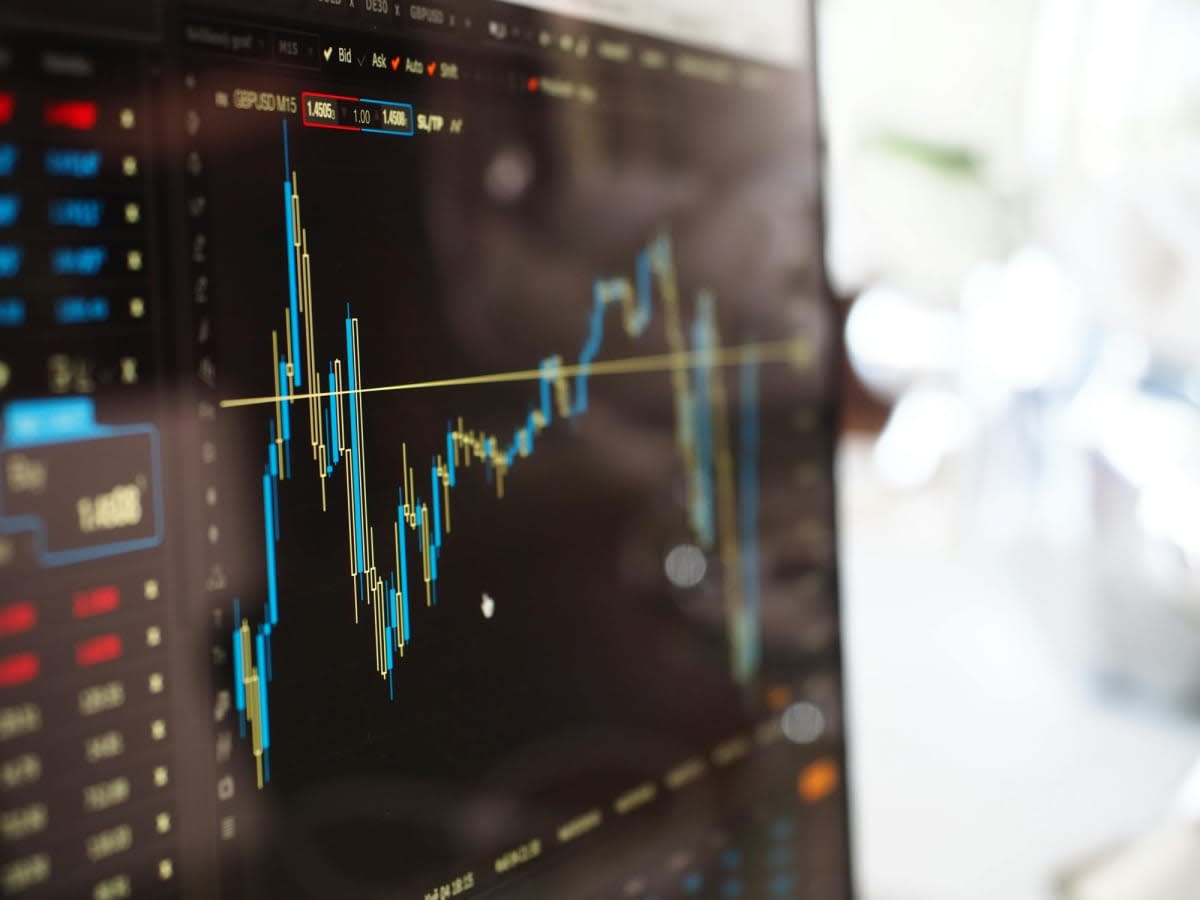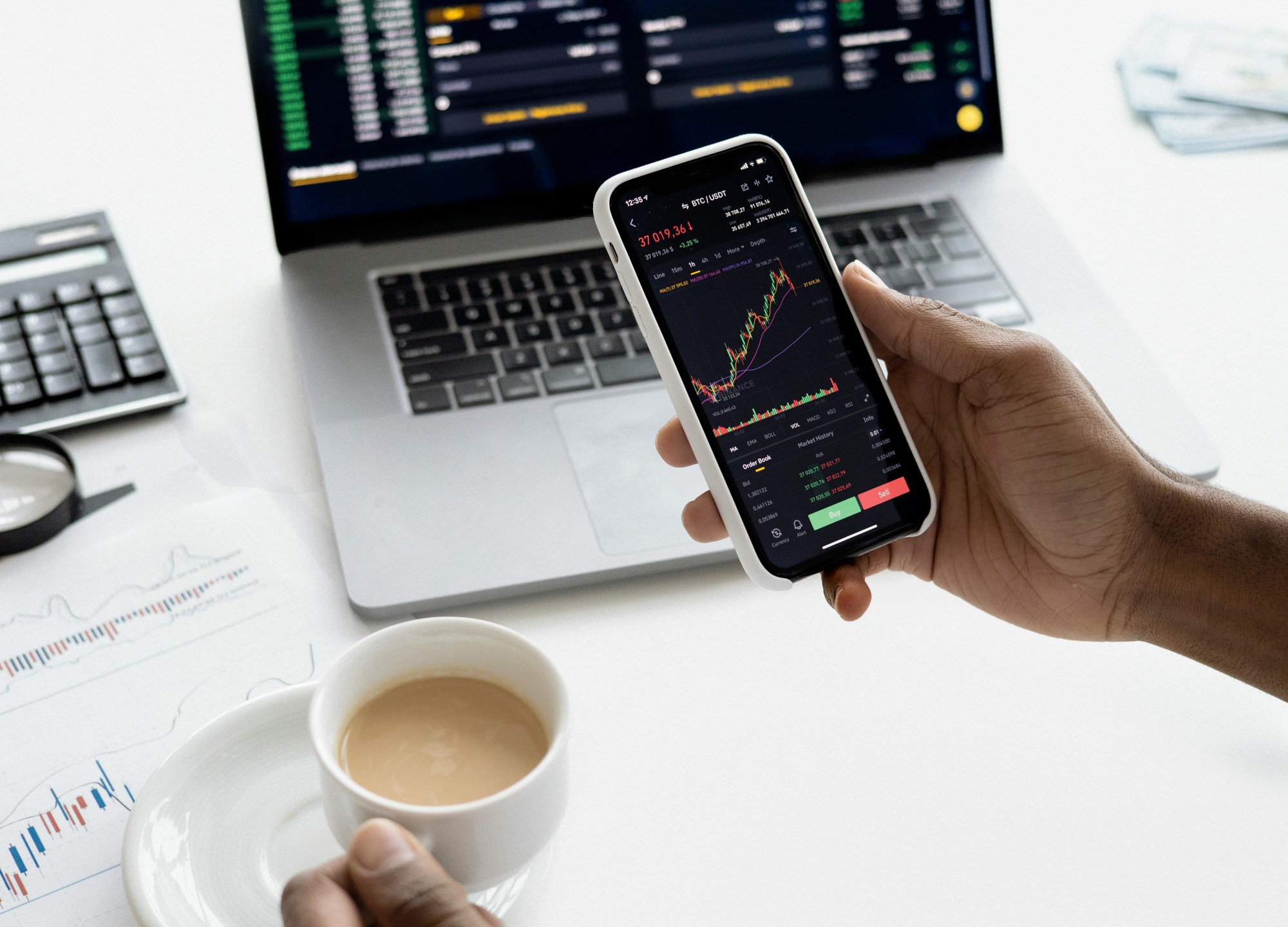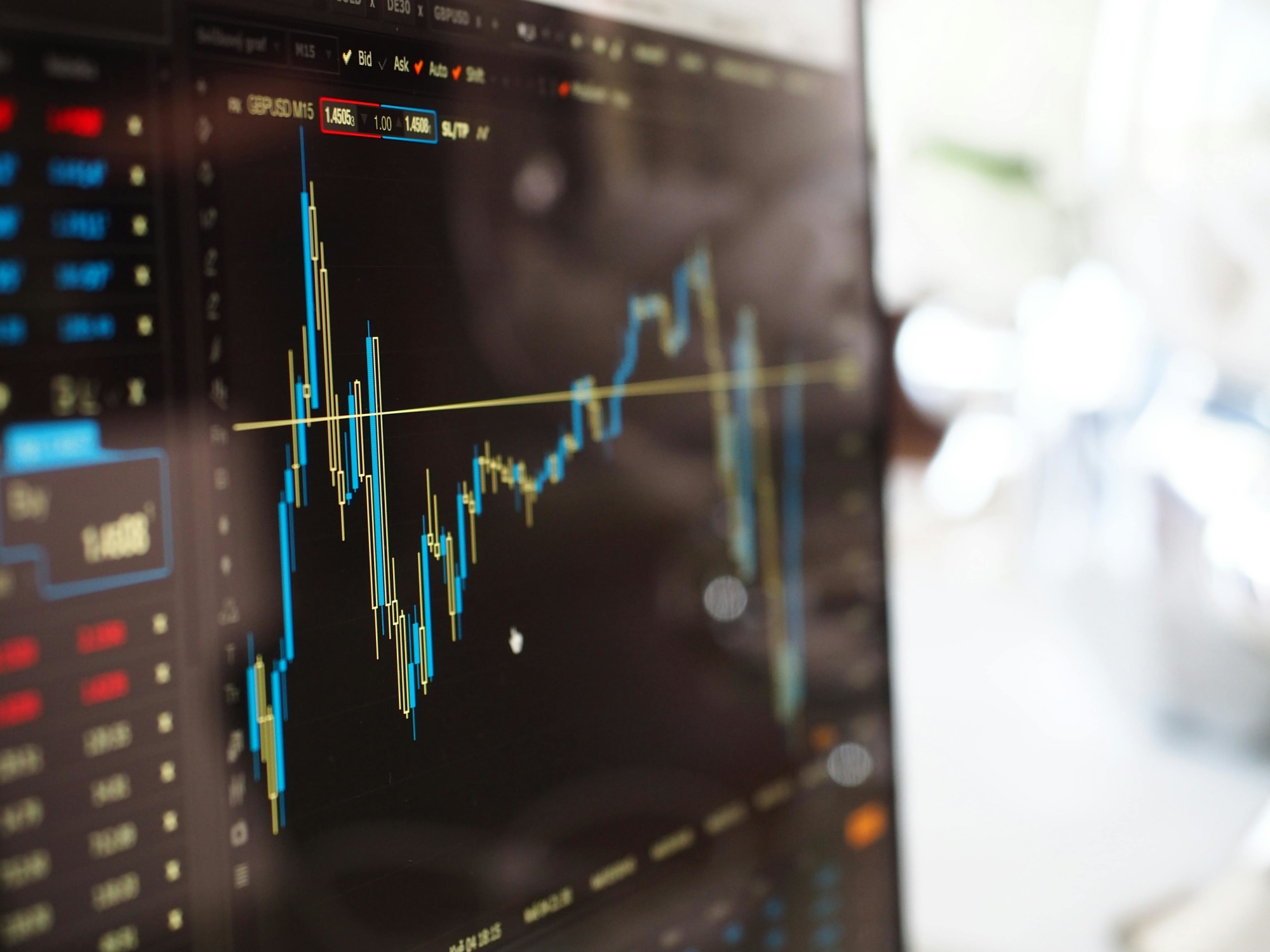Invest
Survival tips for investors in fragile markets
Investment markets appear to be shifting into a fragile phase of instability and low returns, but flexible investors will still have plenty of opportunities.
Survival tips for investors in fragile markets
Investment markets appear to be shifting into a fragile phase of instability and low returns, but flexible investors will still have plenty of opportunities.

From late-2012 to mid-2015, markets were fairly stable and resilient. Simply going long in the market was amply rewarded at relatively low risk.
In this resilient state, we see evidence of the trade-off that is taught in capital markets classes and that is pervasive in financial literature: risk is generally rewarded with return. However, the risk environment that accompanies periods of low returns is generally not as well-behaved.
In a post-Brexit world, the economic landscape appears to have changed, amid evidence we have returned to a more fragile investment environment.
We see global uncertainties rising and wider dispersion of expected fiscal and monetary outcomes across the globe, which we believe to be key drivers behind this shift.

In these fragile markets, we expect to see three main characteristics:
1) Market volatility will be higher than average and unstable;
2) Extreme events, both positive and negative, will be more frequent; and
3) Market risk (beta) will not necessarily be rewarded with returns.
Fragile markets, as you can see, paint a markedly different picture from the characteristics of resilient markets. Risk is significantly higher for equities and high yield bonds, while returns are quite low.
The relationship between risk and return seems largely random, and these fragile markets appear more often than you may think, as they encompassed 167 months of the total of 312 months starting January 1990.
How should investors structure their portfolios and mandates in periods of fragile markets? What sort of investment mindset is needed during fragile times?
We make the following observations and suggest a few investment considerations, but in short, the key is adaptability.
In cases where a super fund’s portfolio cannot adapt quickly because the process of reallocating assets takes time, it may become important that at least some of the underlying managers are adaptable.
Incorporate top-down orientation
Diverging growth and monetary policy across the globe lead to dislocations and thus more opportunity for strategies with a macro framework. Rising interest rates in the US versus negative interest rates in certain other developed economies is one example of this type of divergence.
Such an environment allows for directional positioning in some areas and relative positioning in others. Idiosyncratic bets on political events such as Brexit are also fair game for macro investors.
Liquid investments are key to profiting from these conditions since investors need to be nimble – derivatives, such as equity futures and currency forwards, are typically used in these types of macro programs.
Currencies may also be also a prime source of uncorrelated return, since many macro events are reflected first in the underlying currencies of the markets in question.
Bets on political events such as Brexit, for example, can be done exclusively in liquid currency forward markets.
As for security selection, incorporating top-down views along with bottom-up analysis can become critical as securities react increasingly to macro events and less to their underlying fundamentals.
Increase active share and seek out uncorrelated returns
Don’t abandon long only, broad market, total return strategies, but closely examine and think carefully about their structure and correlation to the overall portfolio, especially to equity markets.
Incorporating total return strategies that are designed to be uncorrelated to broad market betas may also be significant contributors. As market returns can be scarce, consider loosening constraints and guidelines to allow for increased potential.
If you’re passive, go active; if you’re long only, opt for 130/30 or long/short; look for capital-efficient ways to introduce more diversifying elements into the portfolio using “portable alpha” programs.
Note, however, it is important to check that the return stream is indeed “orthogonal” to underlying market exposures, and not merely beta disguised as alpha.
If you’re a taxable investor, tax-efficient strategies become crucial in a low-return environment whether uncertainty is high or low.
Fragile markets also present an attractive time to be more tactical, there are strong runs both up and down which can last for some time, though, in the end, the cumulative return will be low.
From 2008-2012, the MSCI World Index was down 7.3 per cent. However, this included a -48.1 per cent plunge from 1/08 to 2/09, and then a 78.8 per cent rebound from 3/09 to 12/12.
Beware of the difference between “buying on the dips” and “catching a falling knife.” It’s this distinction which makes tactical trading of trends difficult, though they can be rewarding.
Consider hedging and contrarian strategies
Tail risk mitigation strategies, particularly with options, may be appropriate across the market cycle, but particularly in fragile markets – even though option prices increase due to higher volatility.
During the resilient phase of the cycle, option prices are low (due to low volatility) and primarily hedge against exogenous shocks, like the 1991 Russian coup, which are generally short-lived during this phase.
Tail risk hedging can also smooth return streams during market corrections. But the fragile market environment has a high frequency of endogenous, large tail events and extended long drawdowns.
With this in mind, it’s important for investors to either maintain their tail risk hedging programs or start them despite the increased cost of options.
If you are still concerned about cost, dynamic tail risk hedging strategies or proxy hedging through currency or bond investments may be rational.
Global market regions, asset classes and instruments that are being ignored presently may also provide another avenue to harness returns. Emerging markets and commodities are two such areas.
Conversely, stay away from overly crowded trades and assets. If you think the crowd is always wrong, then periods of high uncertainty tend to be the best times to be a contrarian since that’s when investors often make mistakes.
In summary, fragile market states are typically the most difficult for investors and require the flexibility to quickly adapt to changing market conditions. Those who don’t adapt will likely be left behind.
Ed Peters, First Quadrant LP’s partner, investments.

Stock market
Westpac and CMC Markets strengthen partnership to enhance online trading services
In a significant move that underscores the evolving landscape of online trading in Australia, CMC Markets Stockbroking has been chosen as the preferred vendor by Westpac Banking Corporation to extend ...Read more

Stock market
Portfolio reviews as an operating discipline: turning volatility into a competitive edge
In a higher-rate, higher-volatility world, portfolio reviews are no longer an annual hygiene task; they’re a core operating rhythm that protects cash flow, unlocks tax alpha, and sharpens risk ...Read more

Stock market
Fee war on the ASX: Global X’s A300 turns up the heat on core Aussie equity ETFs
Global X has lobbed a 0.04% management fee into Australia’s core equity sandbox, launching the Australia 300 ETF (A300) to take on entrenched giants. Read more

Stock market
Challenger IM shakes up the ASX with private credit note and a side of risk
Challenger Investment Management has taken private credit mainstream with an ASX-listed note structure—LiFTs—that secured roughly $100 million in cornerstone commitments within a day of launch. Read more

Stock market
International stocks: Diversifying your portfolio beyond Australia
In an increasingly globalized market, Australian investors have the opportunity to enhance their investment portfolio by incorporating international stocks. Diversifying your investments globally can ...Read more

Stock market
Stock market rally likely to continue regardless of Fed minutes tone, says deVere CEO
The bull run that has propelled Wall Street's major indexes to record highs this month is expected to continue regardless of the tone of the upcoming Federal Reserve minutes, according to Nigel Green, ...Read more

Stock market
US stock rally driven more by valuation growth than earnings, leaving tech names vulnerable: Innova
The strong gains in US stocks over the past year, particularly in the technology sector, have been driven more by expanding valuations than underlying earnings growth, leaving them exposed to a ...Read more

Stock market
Sun Silver to make its ASX debut with a $13 million IPO
Sun Silver Limited (proposed ASX Code: "SS1") has announced the opening of its Initial Public Offering (IPO) today, aiming to raise a minimum of $10 million and a maximum of $13 million (before costs)Read more

Stock market
Westpac and CMC Markets strengthen partnership to enhance online trading services
In a significant move that underscores the evolving landscape of online trading in Australia, CMC Markets Stockbroking has been chosen as the preferred vendor by Westpac Banking Corporation to extend ...Read more

Stock market
Portfolio reviews as an operating discipline: turning volatility into a competitive edge
In a higher-rate, higher-volatility world, portfolio reviews are no longer an annual hygiene task; they’re a core operating rhythm that protects cash flow, unlocks tax alpha, and sharpens risk ...Read more

Stock market
Fee war on the ASX: Global X’s A300 turns up the heat on core Aussie equity ETFs
Global X has lobbed a 0.04% management fee into Australia’s core equity sandbox, launching the Australia 300 ETF (A300) to take on entrenched giants. Read more

Stock market
Challenger IM shakes up the ASX with private credit note and a side of risk
Challenger Investment Management has taken private credit mainstream with an ASX-listed note structure—LiFTs—that secured roughly $100 million in cornerstone commitments within a day of launch. Read more

Stock market
International stocks: Diversifying your portfolio beyond Australia
In an increasingly globalized market, Australian investors have the opportunity to enhance their investment portfolio by incorporating international stocks. Diversifying your investments globally can ...Read more

Stock market
Stock market rally likely to continue regardless of Fed minutes tone, says deVere CEO
The bull run that has propelled Wall Street's major indexes to record highs this month is expected to continue regardless of the tone of the upcoming Federal Reserve minutes, according to Nigel Green, ...Read more

Stock market
US stock rally driven more by valuation growth than earnings, leaving tech names vulnerable: Innova
The strong gains in US stocks over the past year, particularly in the technology sector, have been driven more by expanding valuations than underlying earnings growth, leaving them exposed to a ...Read more

Stock market
Sun Silver to make its ASX debut with a $13 million IPO
Sun Silver Limited (proposed ASX Code: "SS1") has announced the opening of its Initial Public Offering (IPO) today, aiming to raise a minimum of $10 million and a maximum of $13 million (before costs)Read more








